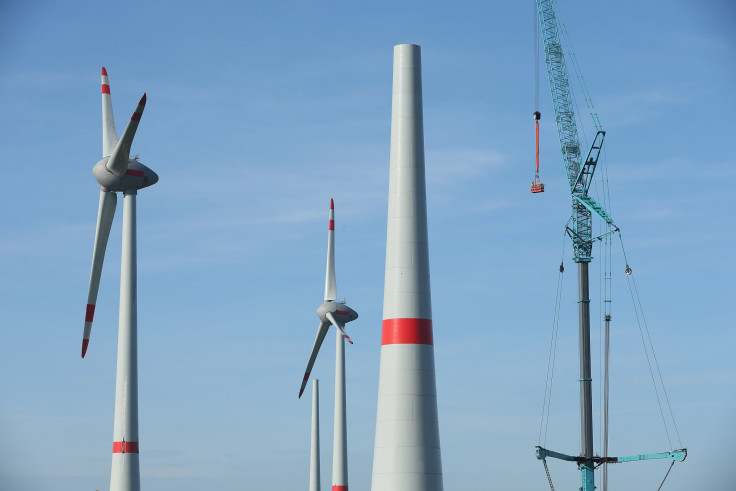Artificial Island To Power Homes As Europe Pushes Renewable Energy

Several countries in Europe took steps toward a more sustainable future by way of an artificial island. Energy companies in Denmark, the Netherlands and Germany planned to build a two and a half square mile island to house wind turbines and solar panels that would power an estimated 80 million homes.
The plans for the North Sea Power Hub were expected to be agreed upon during a meeting in Brussels March 23, London’s The Times reported Monday.
Read: China Reduces Carbon Emissions, Increases Renewable Energy Supply
“We haven’t gotten carried away by our imagination, although it may sound crazy and science fiction-like,” Torbon Glar Nielsen, head of Denmark’s Energinet, said in a news release Wednesday.

The island was set to be constructed on Dogger Bank, a sandbank situated between Denmark and the United Kingdom. It would contain an airport and a harbor, as well as housing for the necessary workforce. But construction will be a hefty undertaking: The first phase alone was estimated to cost about $1.45 billion.
Should the project be successful, it would be integral to Europe’s commitment to reducing carbon emissions in an effort to curb global warming. As per the Paris Agreement, the climate pledge adopted by 195 countries in 2015, Europe vowed to support climate actions to reduce emissions. The European Union also sought to have 20 percent of its total energy consumption come from renewables by 2020.
Read: Can President Trump Withdraw From The Paris Agreement On Global Warming?
As of 2014, renewable energy in the European Union accounted for 12.5 percent of its total energy consumption. The largest producer of renewable energy in the Union was Germany, followed by Italy and France.
“This project can greatly contribute to a sustainable electricity supply in northwest Europe,” Mel Kroon, CEO of TenneT, the Netherlands’ national electricity operator, said in a news release. “I am happy that we are going to take this step with our Danish colleagues and I look forward to the participation of other transmission system operators and possibly other partners.”
© Copyright IBTimes 2025. All rights reserved.






















